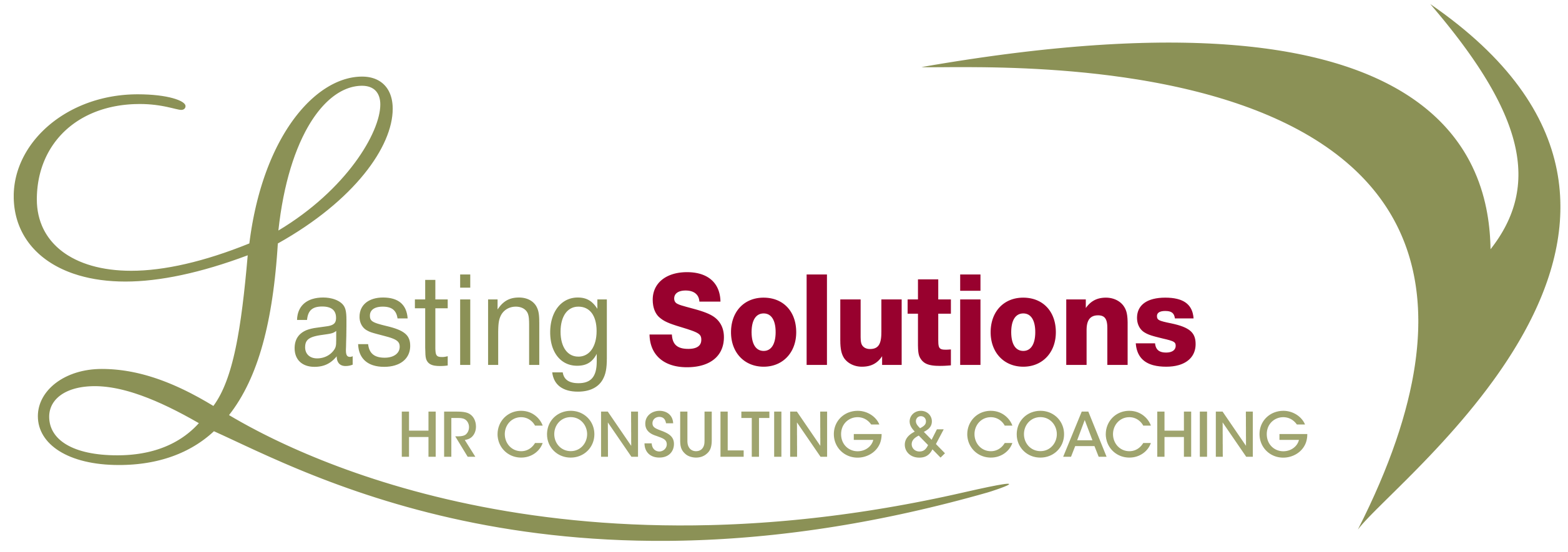Orienting for Success – How to make your employees raving fans!
Recruiting employees takes a substantial amount of time and effort. Hiring the right employees is a significant investment that will create a positive, lasting impact for your organization. Hiring the wrong person will be a tremendous expense with the latest statistics showing that the cost of a wrong hire is 1.5 times the average salary for the person you hired. If you have put the right time and effort into the recruitment process, then providing an effective orientation will ensure your new employee will be able to make a positive contribution quickly and become a “raving fan”!
Preparing for an effective orientation will take some time but the benefits will be impactful. It will set the tone for your employment relationship and help your new employee to feel welcome, gain confidence contribute quickly. Benefits of a stellar orientation program are many but here are a few to think about:
- Sets the tone of the organization and reduces the anxiety for new employees
- Provides a positive, organized impression of the organization and leadership team
- Provides new employees the information and tools they need for quick and effective integration
- Helps new employees contribute quickly which improves overall productivity
- Improves health and safety outcomes
- Ensures legislative requirements
Here are steps for an impactful orientation. Make sure you add some fun and flair to really engage new employees to your organization. Orientations don’t have to be fancy or lengthy, just meaningful.
Step 1
Prepare your orientation program including checklists of information you need of policies and procedures, health and safety items, legislative information and training, payroll information and anything else important to your organization. Ensure the supervisor has their own checklist. Assign a “buddy” or “mentor” to your new employees to help them feel more comfortable and help with their orientation. Once you have the foundation set up, it will be easy to use for each new employee that comes into the organization.
Step 2
Send your new employee a welcome letter confirming their orientation date, location and time as well as all the great offerings of your organization, outlining specific information about their job, total rewards offering and identifying any information they will need to bring for their orientation (ie banking info., SIN, etc). This letter could also serve as their employment agreement to avoid extra effort.
Step 3
Make sure all aspects of their workstation/office are prepared for them. This can include their desk, computer and phone set up, email account, cell phone, business cards, name plate and all office supplies needed (for an office setting). In an industrial setting it would also include all equipment needed for and safety (PPE’s). Whatever is standard in your organization be sure it’s ready to go for the employee. Include an item from the organization with the logo, mission or vision, values. Give them something tangible to help them feel like they belong. If the employee is taking over for someone else make sure all aspects of the work area are organized for easy access. It’s much more welcoming when a new employee has what they need in a clean, clear space.
Step 4
Arrange for two levels of orientation. A company overview orientation where the employee will learn about the history and future direction, tour of facility, meeting executives and/or the management team (even if just a quick introduction during the tour) along with all aspects prepared from step 1. The second level of orientation will be directly with their supervisor who will go over all aspects of work area, connection with entire organization, work station specifics, providing clear guidelines for success and providing a “buddy” or “mentor” for a day/week…whatever fits your need.
Step 5
Follow up!!!! Regular feedback during a probationary period benefits everyone. It helps the employee remain engaged in their work and motivated to do better. For management it helps them ensure employees are progressing as expected and allows them the opportunity to provide extra resources if need to ensure success.
Follow up should occur at regular intervals including at the end of one week, one month, and just before the end of the probationary period (typically 3 or 6 months). You should also continue to have brief “check ins” at 6 and 12 months. During these brief meetings you can determine how engaged your employees are and also gain valuable feedback from them.
Effective orientations take time but the benefits are invaluable to your organization. Customize them to suit your culture so they are true reflections of what you want to build. Providing employees with the tools, guidance and support they need to become productive quickly, will raise their respect and appreciation for the company and have them become “raving fans”, which will result in an increase in your bottom line.


One Comment
Great article Lotte! I am working with 2 clients helping with the “onboarding” process and this is critical!